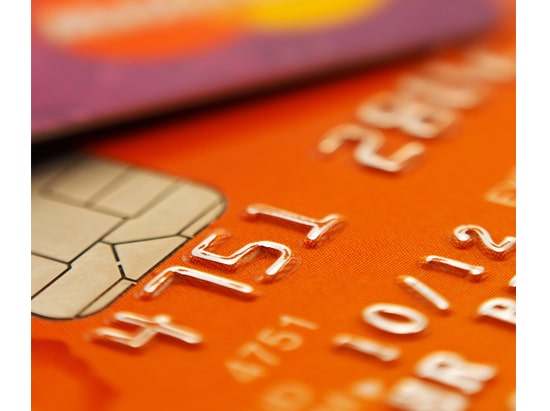Chip and PIN explained

The last 12 years has seen more and more PDQ machines enter the UK Market, some good some bad. The popularity for small and large companies adopting this technology has grown year on year enabling customers to pay for products via debit and credit cards. The introduction of Apple Pay and increase in contactless payments to £30 last September has allowed companies to eliminate queues at the checkout and provide a quicker payment facility. In this blog, we will discuss where the term ‘Chip and PIN’ originates from and how it has helped businesses.
Where does the name Chip and PIN come from?
Chip and PIN is the brand name adopted by the banking industries in the UK for the rollout of the EMV smart card payment system for credit, debit and ATM cards.
What is EMV?
Let’s have a look at the definition with according to Wikipedia:
“EMV stands for Europay, MasterCard, and Visa, the three companies that originally created the standard. The standard is now managed by EMVCo, a consortium with control split equally among Visa, Mastercard, JCB, American Express, China UnionPay, and Discover.”
What is Chip and PIN?
Chip and PIN is a security method to reduce card fraud. Chip and PIN is a UK government-backed initiative to implement the EMV (short for Europay, Mastercard and Visa) standard for smart payment cards.
Chip and PIN underwent pilot tests in 2003 and was rolled out across the UK the following year. In 2005, retailers became responsible for fraudulent credit card purchases. This event spurred wholesale adoption of new POS (point of sale) systems that incorporated EMV support.
How the Chip Works
The chips are designed to work in conjunction with the next generation of PDQ machines; instead of swiping a debit card and having a machine read it’s magnetic strip, customers insert their card into the device and it contacts the chip. Unlike a magnetic strip, the chip interacts with the machine that is reading it, in order to encrypt the data and authenticate it more securely. In effect, the debit card and its reader have an encrypted conversation in order to ensure the debit card is valid, while the older style simple magnetic strip merely recites your credit card number and expiration date to any machine that can read it. It is this vulnerability that allows credit cards to be so easily cloned for fraudulent purposes.
What is PIN?
PIN stands for Personal Identity Number. Credit and Debit cards now include ‘Chip and PIN’ technology. This means there is a microchip embedded within the card that can check if the PIN number you enter into the card reader is correct.
What Chip and PIN machines are available?
The technology for Chip and PIN machines has increased immeasurably over the years. The traditional phone-line card machine most commonly used in retail environments is still popular but the last few years has seen the introduction of Bluetooth card machines which connect via the internet hub and allow the customer to connect wirelessly anywhere within 100m. WIFI card machines have been immensely popular amongst businesses and provide solutions for individuals in temporary settings where ADSL may not be available. The ever popular mobile card machines provide an ideal solution for businesses on the go. All card machines supplied by Wireless Terminal Solutions are both EMV and PCI-approved and therefore respects industry standards.
Recent Posts
Categories
- News (49)
- Uncategorized (91)
